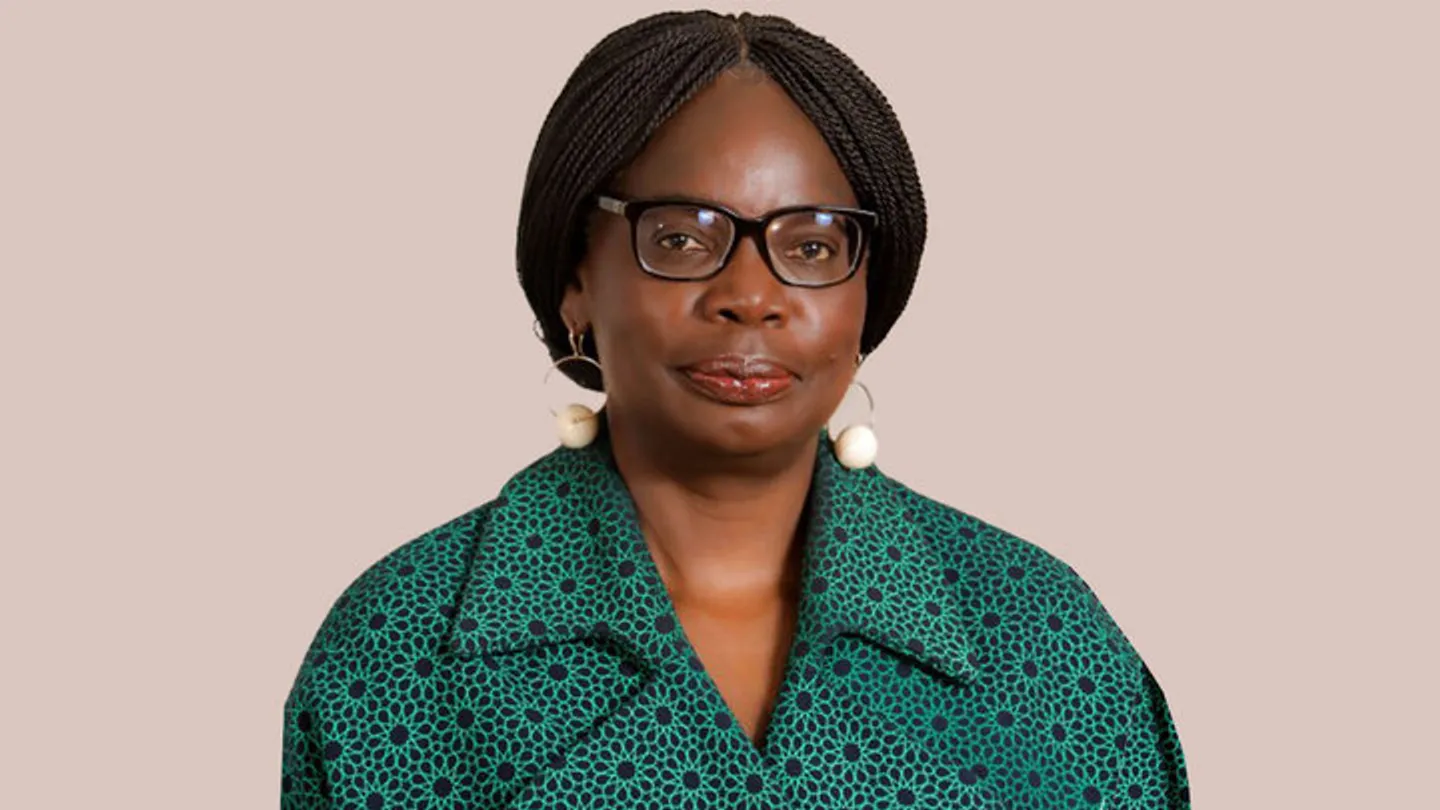
Guinea-Bissau opens museum in memory of kin sold into slavery
Guinea Bissau has opened a slave memorial museum in the town of Cacheu on the coast of Guinea-Bissau where millions of slaves from West Africa were bound, branded and shipped off to the Americas.
“The idea is to show that Cacheu was the first place where Europeans practised transatlantic slavery on an industrial scale,” said Alfredo Caldeira, who heads the archives of the Mario Soares foundation – named after the late Portuguese president – which helped create the memorial.
The museum hopes to attract tourists keen on history with their commemoration of the exiled sons and daughters and documenting the Portugal’s brutal venture into Africa. Among the items on display are the wooden collars that slaves were bolted into two by two.
“The tourist aspect is important,” said Caldeira. “But the main thing is to allow these people to rediscover a collective memory and dignity.”
Cacheu is home to fewer than 10 000 people today, but was the capital of Portugal’s former colony from the 16th century on-wards, trading in people until the late 19th century.
The Cacheu memorial site took three years of work by Portuguese architects to establish the impressive structure that hopes for success of the same kind as the neighbouring Senegal’s celebrated Goree Island, another Atlantic “point of no return” for slaves that has become a must-see for visiting heads of state and celebrities.
The European Union donated $579 000 to the Cacheu project, 90 percent of its total cost, with the specific aim of increasing the cultural potential of such sites as a source of sustainable income for the country according to an AFP report








